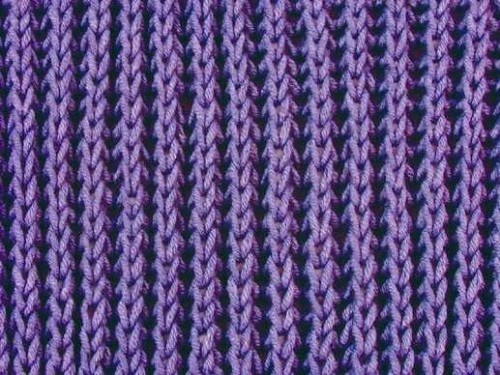You will need
- yarn;
- - crochet hook.
Instruction
1
Patent pattern is performed from the first row of loops, so first tie the cloth to the place where you want to insert the loop. If you are planning all the knitting to comply with such pattern, the dial on the spokes an even number of loops.
2
Before the patent hinges, move the working thread to the front of work and insert the right needle into the front loop as when knitting the reverse, i.e. from right to left. Remove to right needle, not promazyvaya, and loop, and yo on the needle (a working thread). Davaite this series to the end, and the next - until you have taken loops and nakida.
3
Again move the working thread forward of the work. Enter the right needle in purl loop with nakida from right to left, as when knitting purl loops. Peresnimite to right needle, not promazyvaya, and loop, and both nakida (loop from previous row). Finish knitting this row and tie following the patent loop.
4
Now the working thread is on the back of knitting. Enter the right needle from the front side into a loop with two brides on it, as when knitting the front loop, and provarite all together. It turned out a separate patent loop connected on the front surface.
5
A separate patent the loop on the front surface, you can perform another way. For this, insert the right needle from the front side of the canvas in a loop connected three rows previously. Grab a working thread and pull it forward. Reset with the left needle knit the loop. Should get the same loop, which is described above.
Useful advice
When performing a patent loop it is important to pull the working thread to the pattern turned out and the relief was clearly visible. If all the canvas will be connected patent rubber band, note that the yarn consumption is large compared to the usual knitting front and back loops.
